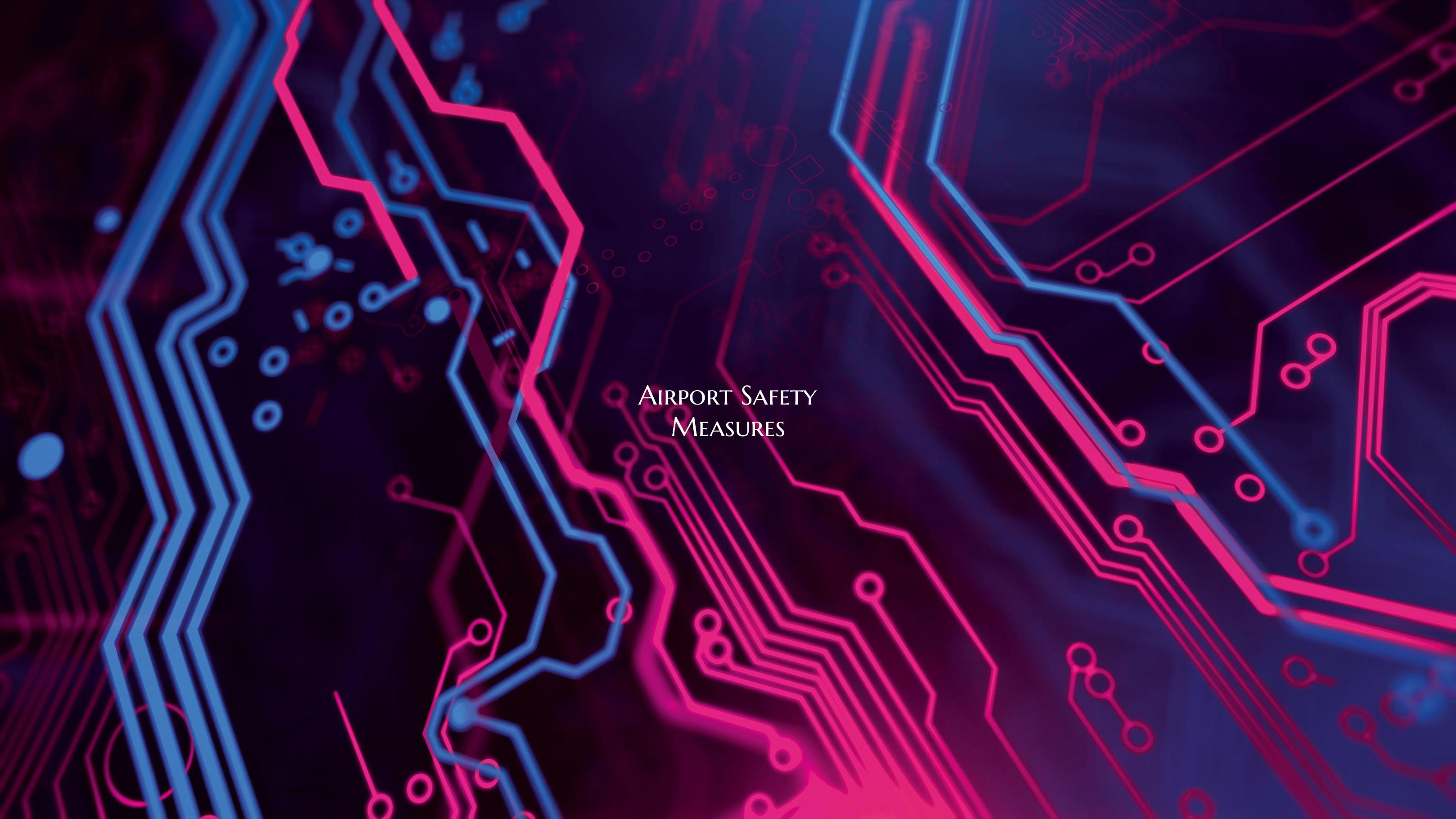Airport Safety Measures
Introduction: Ensuring the safety of passengers, employees, and aircraft is a top priority for airports worldwide. With the increasing number of global travelers and evolving security threats, airports must continuously review, update, and implement robust safety measures. In this article, we will explore the importance of airport safety, key challenges faced, and best practices for enhancing safety at airports.
The Importance of Airport Safety: Airport safety is critical for maintaining public trust, ensuring regulatory compliance, and mitigating potential risks. Due to the complex and dynamic nature of airport operations, a multi-faceted approach to safety is essential. This includes measures to prevent accidents, respond to emergencies, and protect against security threats such as terrorism and cyberattacks.
Challenges in Ensuring Airport Safety: Airports face various challenges when it comes to ensuring safety. These may include managing high passenger volumes, coordinating with multiple stakeholders, adapting to new technologies, and addressing evolving security threats. Additionally, factors such as weather conditions, wildlife hazards, and human error can further complicate safety efforts.
Key Safety Measures at Airports: 1. Security Screening: Robust passenger and baggage screening procedures are essential to detect and prevent potential security threats.
2. Emergency Response Plans: Airports should have comprehensive emergency response plans in place to effectively manage crises such as fires, natural disasters, or security incidents.
3. Infrastructure Maintenance: Regular inspection and maintenance of airport facilities, runways, and equipment are crucial for preventing accidents and ensuring operational safety.
4. Employee Training: Ongoing training for airport staff on safety protocols, emergency procedures, and security measures is essential for maintaining a vigilant and prepared workforce.
5. Technology Integration: Leveraging advanced technologies such as biometrics, surveillance systems, and automated screening equipment can enhance security and efficiency at airports.
Conclusion: In conclusion, airport safety is a multifaceted and constantly evolving aspect of airport management. By prioritizing safety measures, implementing best practices, and staying abreast of emerging threats, airports can create a secure environment for passengers, employees, and aircraft. Collaborating with industry partners, regulatory agencies, and security experts is key to ensuring that airports remain at the forefront of safety and security in the ever-changing global landscape.

